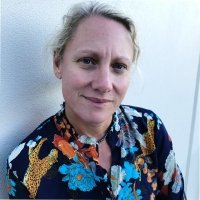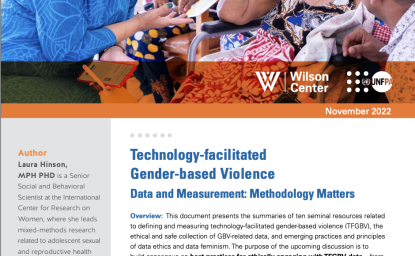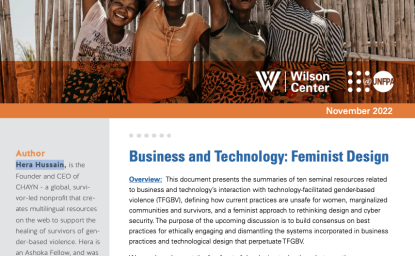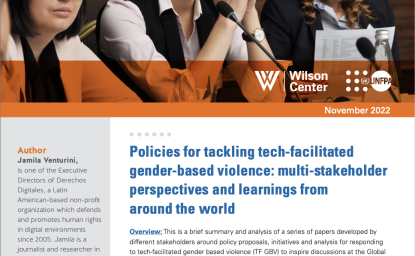2022 Global Symposium on Technology-facilitated Gender-based Violence Results: Building a Common Pathway



The "2022 Global Symposium on Technology-facilitated Gender-based Violence Results: Building a Common Pathway" compiles the discussions and key areas of agreement identified during the three-day technology-facilitated gender-based violence global symposium, which took place from November 29 to December 1, 2022.
The report is organized thematically and chronologically, providing recommendations based on the experiences and discussions that occurred in each of the three chosen focus areas. Each day included panel presentations followed by expert breakout sessions across three major themes and discussion topics: data and measurement, methodology issues; business and technology, feminist Internet; law and policy, rights-based regulation.
The outcomes of these discussions serve to consolidate the work being done to address technology-facilitated gender-based violence until 2022, as well as to chart new paths in the years ahead.







The Science and Technology Innovation Program (STIP) serves as the bridge between technologists, policymakers, industry, and global stakeholders. Read more




